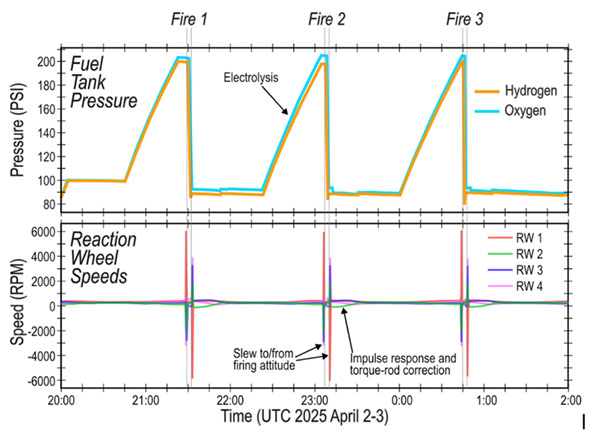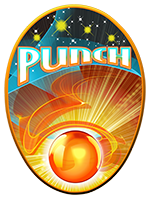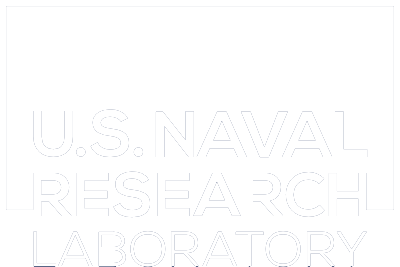Three swift kicks
This is a PUNCH Science Nugget

Between 2025 April 2 and 2025 April 3, the WFI-2 spacecraft successfully “hot-fired” its onboard Hydros rocket engine three times in a row, unattended – a milestone for PUNCH. The top plot shows pressure in the tanks as water is electrolyzed to make fuel (which is then burned). Reaction wheel speeds show repeatable torque impulses from each thruster firing.
PUNCH will maintain the constellation with a novel, water-powered, shot-glass-sized rocket engine attached to each spacecraft. Each spacecraft carries about a British pint (600 g) of water in a small canister. To run the engine, PUNCH electrolyzes about 1/10 tsp (0.5 mL) of water, building up small stores of hydrogen and oxygen at about 200 psi. Then it burns the fuel in just a few seconds. Each cycle delivers a “kick” of about one inch/sec (2 cm/sec): just enough to correct for small orbital shifts and keep the constellation stable. PUNCH is the first space mission to use this type of engine, which carries safe propellant but is complex to operate.
Each WFI needs to fire its thruster hundreds of times, reliably and repeatably, over the mission. On 2-April, as part of its commissioning, the WFI-2 spacecraft demonstrated its first three perfect charge-and-fire cycles, increasing drift rate to help arrive on-station by early June. More information about PUNCH's instruments can be found on our mission page.
PUNCH science nuggets are archived on our News Page.



